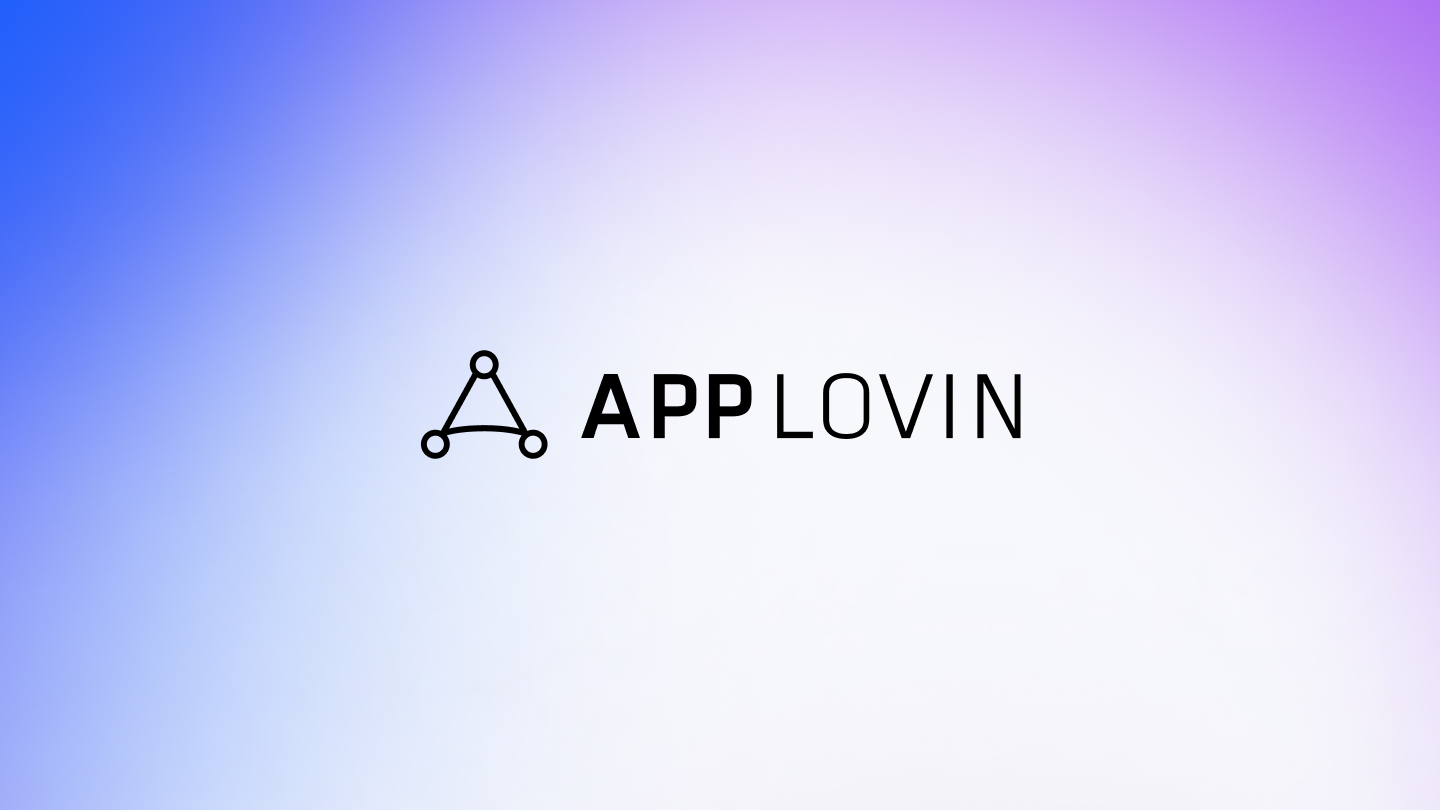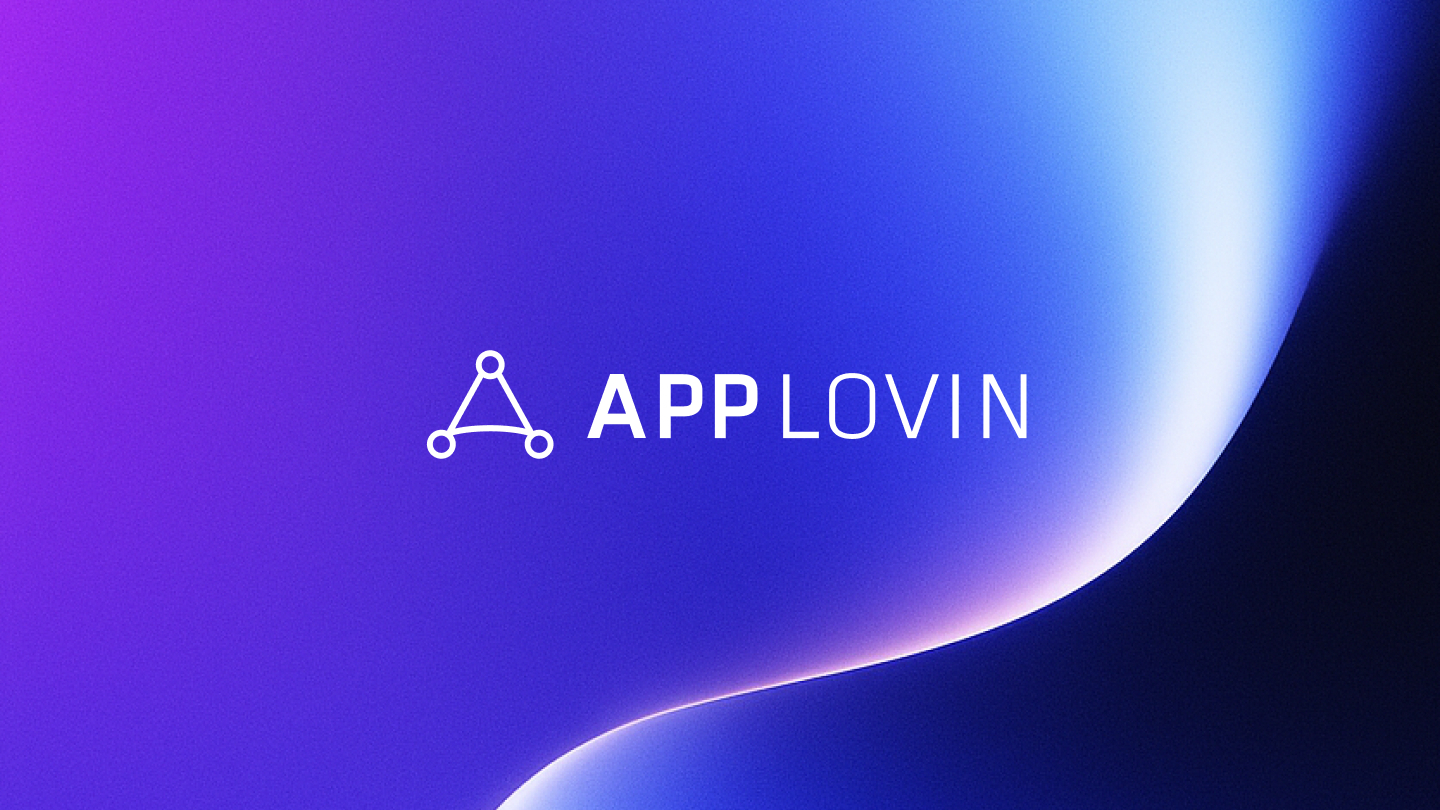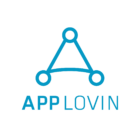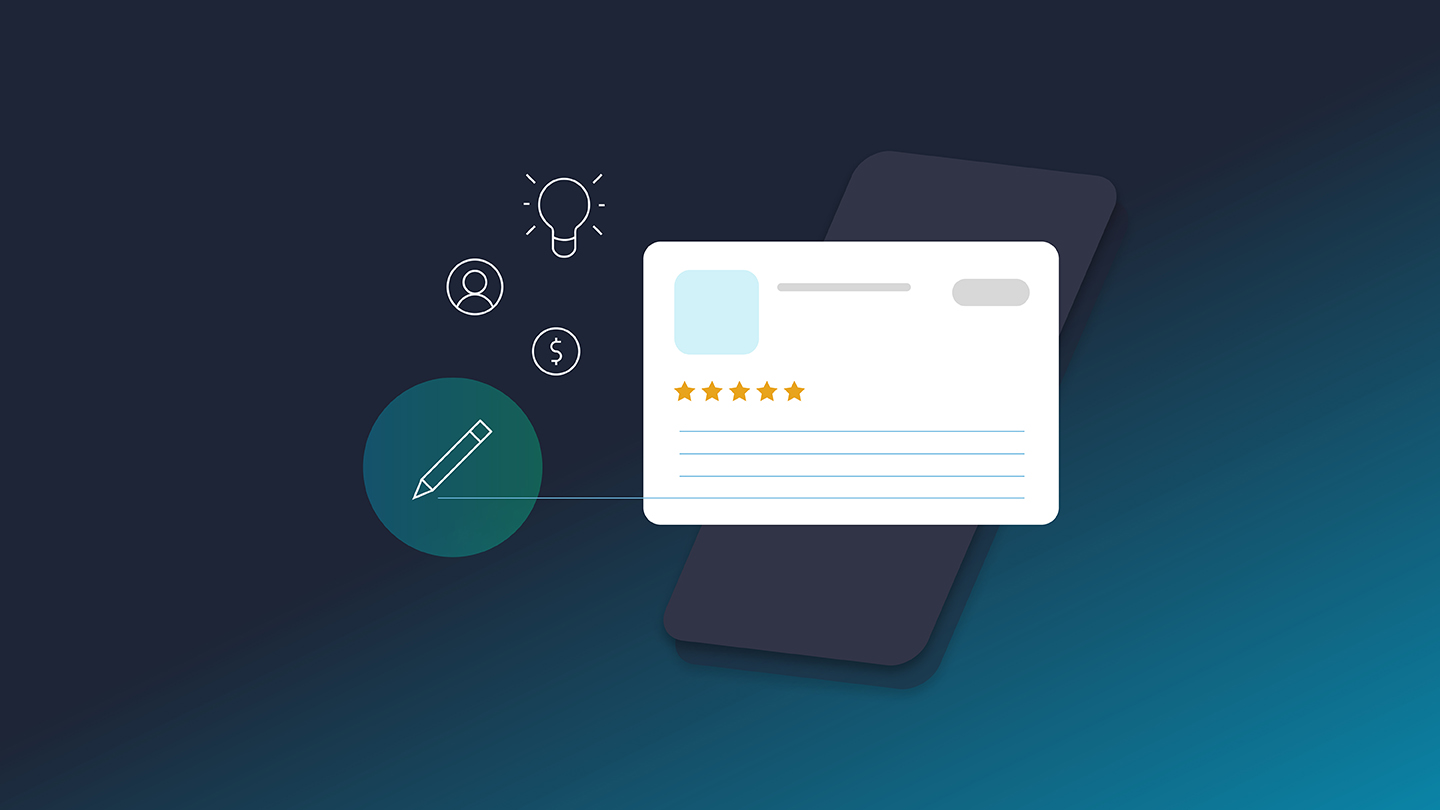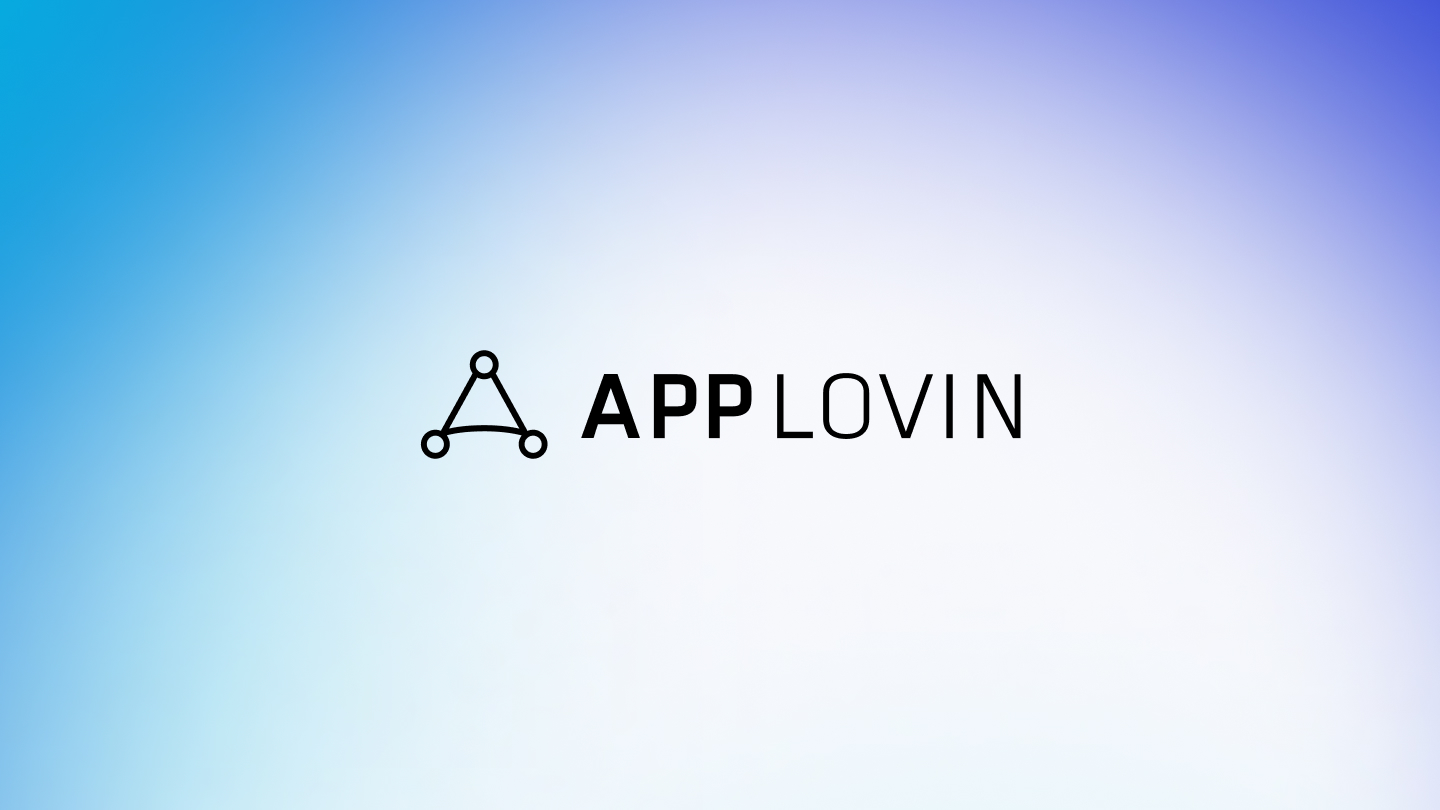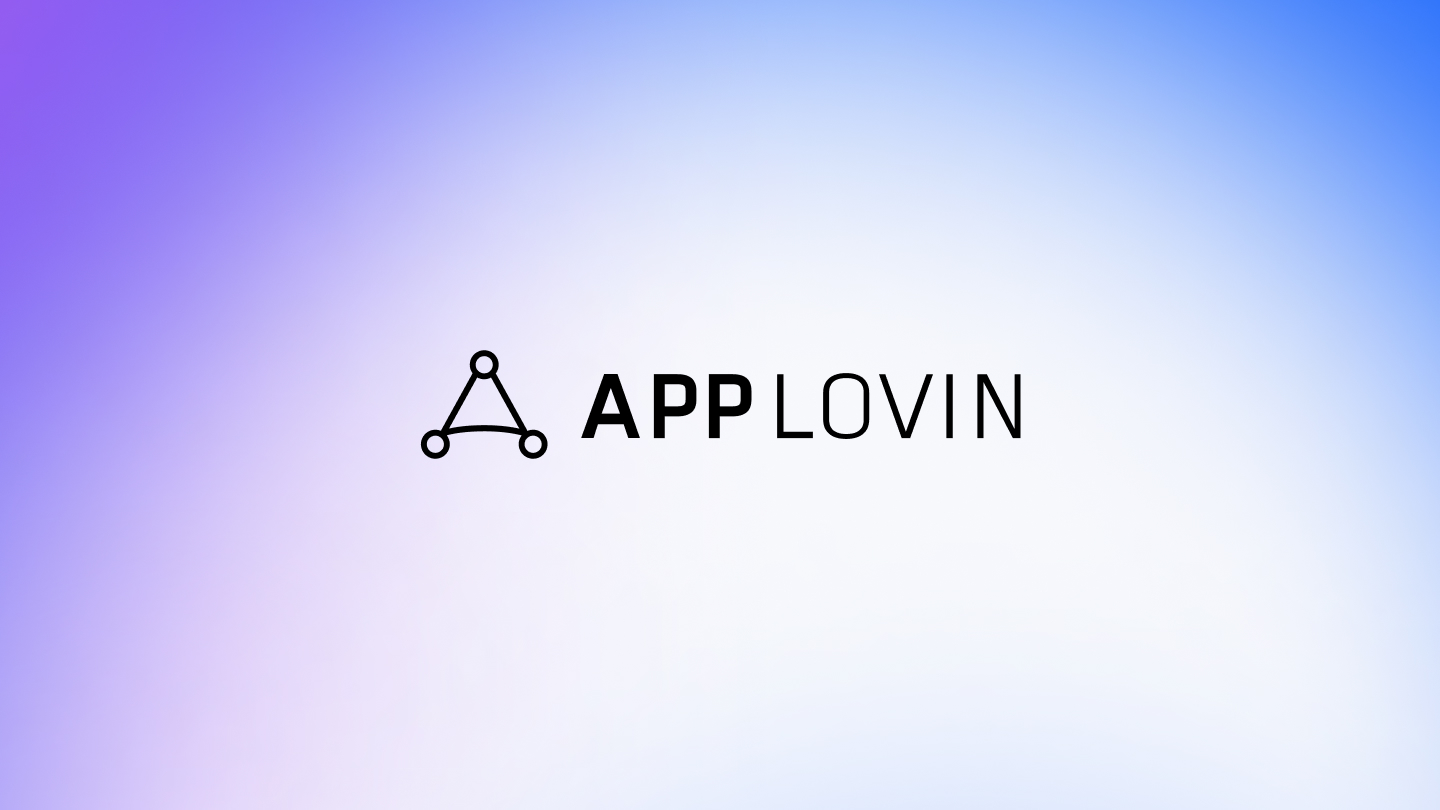How do you write an app store description to make your app stand out from the crowd? Read on for tips to help you write a compelling app store description and get prospective customers installing your app.
Does anyone even read app store descriptions?
Yes, in fact. Your app description is second only to the app store title in importance, according to top marketers. And while the actual words in the description don’t help influence ranking in the App Store, well-placed keywords do help with the Google Play algorithm.
Reel them in with the first sentence
The first sentence (or 1-2 sentences, around 250 characters) of your description is very important because it’s typically what readers will read before they tap ‘Read More’ and/or begin scanning/skimming. For a game, you should start with something fun and snappy that sparks the reader’s interest and imagination. If your app isn’t a game, grab the reader’s attention by immediately stating how your app can help solve their problem(s).
Think about stories, not features
Don’t blast users with lists of features. Space is limited and they don’t make for compelling reading, so only mention a few (and the most compelling/important ones). Write about the most important features that define and position your app, and tell a relatable ‘story’ about how they can help the user.
Write to your audience
A good description should first mirror the tone of the app and the expectations of your target audience. For example, a casual match-3 game description could be short and colorful because it’s a welll-understood genre for casual players, whereas a more ‘hardcore’ RPG game should entice its audience by describing deeper gameplay and a compelling story. A more complicated app or utility, on the other hand, is better served by describing the problem it solves in a relatable way to the reader.
While Apple recommends a concise paragraph and a short list of features, it certainly doesn’t work for all apps and you don’t want to fall into a cookie-cutter mold.
Be funny, be unique, be outstanding, but also be thoughtful in your verbiage.
Use — but don’t overuse — keywords
Choose keywords integral to describing your app. You can scatter them throughout your description, but make sure they make sense in context — and don’t overuse them, or you can quickly create a dry, clunky description that bores the reader.
Looking for tools to help with ASO? Consider tools such as Data.ai or AppFollow to help with keyword research.
Don’t forget localization
If you plan on releasing your app in multiple languages, be careful when writing your app store description. Overly colorful or flowery descriptions may sound wonderful and even poetic in your app store description, but they probably won’t translate well.
Even if most of your downloads may be in English and you want to focus on them, don’t overlook the rapidly ever-growing international markets
Strut your stuff
Sound your creative horn. Remember that you’re building engagement here, so take advantage of those rave reviews and publish a nice pull quote. Have you won an award? Don’t be afraid to use some of your precious character count to show off the hype coming from outside sources. (Note that if you choose to mention an accolade, Apple recommends adding it at the end of your description or as part of your promotional text.)
Use Data to Prove Value
Whenever making meaningful changes to your app’s store page, we recommend using data to validate that the changes you are making are having the intended effect. In this case, the goal for most developers is to increase the page’s conversion rate.
Luckily, Google Play offers the Store Listing Experiments tool which allows developers to run A/B tests and collect data on which descriptions, graphics, videos, etc work best on the app store page. This tool allows you to test up to 3 variants and discover what works (and what doesn’t) for your target audience. iOS allows you to run A/B tests on icons, screenshots, and video, but not descriptions.
In our experience, we generally see the most impact from optimizing and testing icons, screenshots, and video and thus focus most of our efforts there. That said, we do occasionally test descriptions, and in one case tested 3 variant descriptions against a control description and were able to identify one that resulted in a 3.5% increase in conversion rate.
Always be optimizing
Just remember, you don’t have to get your App Store description perfect out of the gate. You can — and generally should — revisit it. Maybe you have a new accolade to add or maybe you want to test some new keywords. If you’ve released new features for your app, maybe it’s time to update the app’s description to let the audience know.
There is no perfect store description template that will work for every app. You will need to try a few different formats to find the one that fits your style and your voice.
And finally, be honest and sincere in your app’s description — and make every word count.
